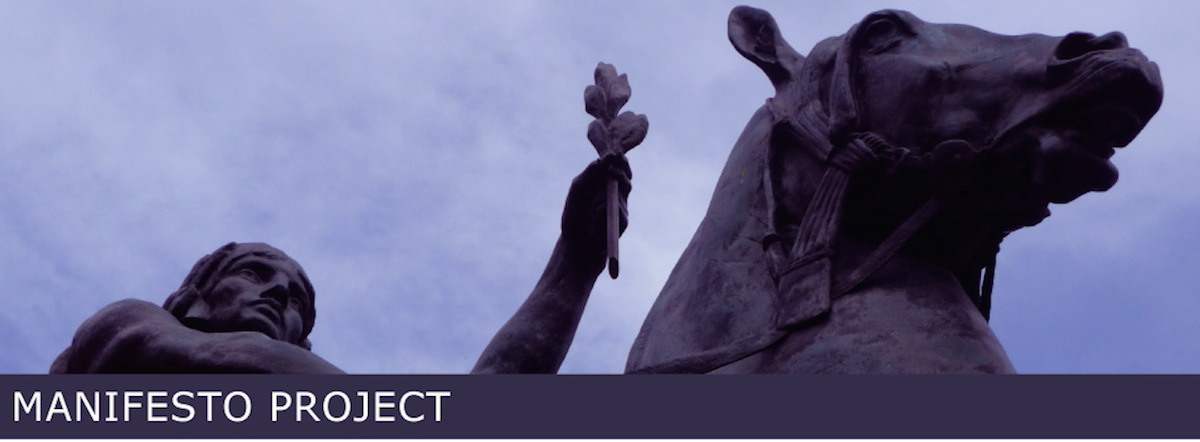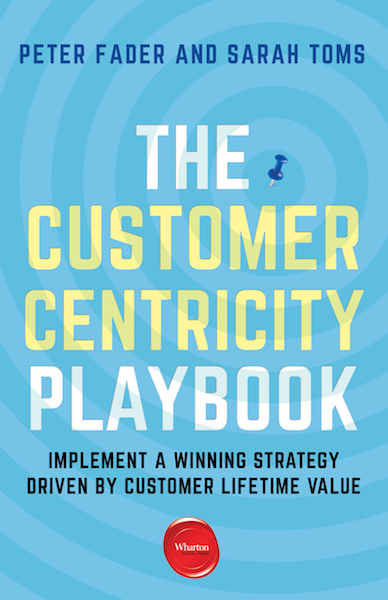Creator
Studio Co-creative is a Canadian based ‘anti-marketing marketing agency’. Robyn Hounjet is the Founder and CEO, Mikayla Grace is the Creative Director and COO, and Lexie the Westie is their littlest Co-Creative.
Purpose
“We believe that the best brands are built from the soul up.” That’s the slogan for Studio Co-creative and this sums up the purpose behind their manifesto.

Manifesto
Everywhere you look, you’re seeing the product of marketing. In a world where you’re constantly encouraged to buy more, we believe there is a new way, a way that’s rooted in connection and co-creation.
Entrepreneurs are faced with an interesting challenge in today’s technology-based world. It’s never been easier to create a business, but all of the tools and platforms that we have access to can be overwhelming. There’s always a new trend, a new strategy, a new tip to try.
Heart-centred entrepreneurs have an even harder challenge to overcome. How do we allow our gifts – our light – to translate into the online sphere? How do we balance traditional “marketing strategy” with nontraditional business?
We won’t argue that mainstream marketing strategies work. But even with the most technically perfect strategy, if it doesn’t resonate with the heart and soul of your business – let’s find a different way. Through being more real, less perfect, more relatable and approachable, we find our purpose and impact.
We believe in energy. vibration. resonance. We believe in what we call the lighthouse effect: your tribe will arrive in your harbour, so long as you are authentically shining your light. And ultimately, we believe in co-creation (in case you couldn’t tell). Co-creation means not only collaborating with each other and others to help you shine, but also co-conspiring, if you will, with forces seen and unseen. The earth. The cosmos. The seasons and cycles. The true source of inspiration.
So, what does this mean for you? It means that we want to uncover the best and truest version of your brand. The best and truest version of you. Chisel it away, polish it up, and put it out in the world so that those who need you can find you.
We won’t promise you perfect, but we can promise you beauty. Because beauty is found in truth. In purpose. In service. And in great Instagram grids.
We
are an anti-marketing marketing agency.
We are the ones who do things differently.
We are inspired and we are inspiring.
We are spiritual AND bad-ass.
We are beauty-makers and visionaries.
We are co.creative.
Principles
- Empowerment
- The Heart + Head
- Spirit
- Unfiltered You
- Working Smart
- Co-Creation
Source
https://studiococreative.com/about
https://studiococreative.com/begin-flash-sale
Thanks to Suzanne Mercier for sharing this one
Comment
While this is a good manifesto, my feeling is that it’s merely a starting point for an ongoing deeper exploration of the issues facing marketing today.
It starts with the bold statement of being ‘the anti-marketing marketing agency’. Being the ‘not-this’ in your category is a useful starting point but only until that new alternative emerges. What is the new thing that replaces that old one?
The classic example is the ‘horseless carriage’, which was an early term for the ‘motorcar’ or ‘motor carriage’. It describes the new thing in words that reflect the old thing. Now it is simple ‘a car’ and has nothing in the name to hint of its evolution from horses.
I’d love to know what the new marketing agency is – the one that goes beyond current thinking. An anti-marketing agency simply suggests something has begun but we’re not sure what that new thing is just yet.
There are some strong clues though in the Co-creation manifesto. Their tag line “the best brands are built from the soul up” offers three potential ideas:
- A soul-marketing agency
- A soul-branding agency
- Or simply, a soul agency.
These ideas start to present a new concept – a new something. They are not simply ‘an anti-marketing agency’.
Another option is a ‘Co-creation Agency’. What would that look like if we took it all the way to its likely conclusion? It doesn’t speak marketing but it does say, ‘we work differently’.
I also love the ‘lighthouse effect’ concept – How about ‘a lighthouse agency’. What would that look like?
One of my benchmarks for a good new idea is to be able to say your concept to people and create intrigue and interest.
If we were at a networking event and I told you that I run ‘a lighthouse agency’, your curiosity would almost definitely be piqued and you would simply have to ask ‘what is that?’ Tell me more… thus engagement begins.
A crucial part of all manifestos is the new context you are creating and sometimes this takes courage and boldness to claim it, name it and declare it: this is that new thing.
More
- Yvonne Rainer’s No Manifesto is a very clear ‘anti-manifesto’. It provides very clear examples of what to do instead of the traditional dance moves.
- Todd Henry’s ‘Die Empty’ is a flip on the usual ‘live fully’. It’s an opposite term.
- Dmiitri Shapiro’s Anti-Facebook manifesto is all about his Facebook alternative, Altly.



